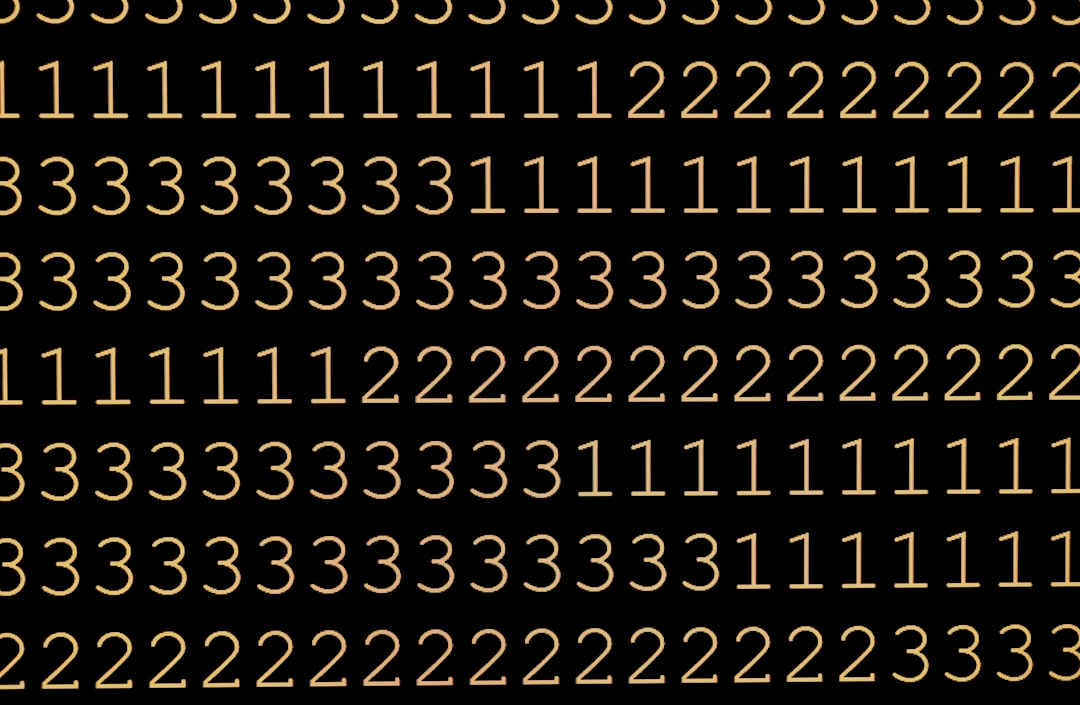Understanding Binary Numbers: Foundations, Applications, and Conversions
Introduction to Binary Numbers
Binary numbers form the foundation of modern digital systems, especially computers. While the decimal system (base-10) is most familiar to humans, the binary system (base-2) is the language of electronic devices. Understanding binary numbers is essential for fields like computer science, electrical engineering, and information technology.
What Are Binary Numbers?
A binary number is a number expressed in the base-2 numeral system. It uses only two digits: 0 and 1. Each digit is known as a bit (binary digit). A string of bits can represent any numeric value.
For example:
- Decimal 5 = Binary 101
- Decimal 12 = Binary 1100
Structure of Binary Numbers
The binary system works on place values, similar to decimal numbers, but each place represents a power of 2 instead of 10.
Place Values in Binary
| Binary Place | 2⁴ | 2³ | 2² | 2¹ | 2⁰ |
|---|---|---|---|---|---|
| Value | 16 | 8 | 4 | 2 | 1 |
A binary number like 10110 can be broken down as:
- 1 × 2⁴ = 16
- 0 × 2³ = 0
- 1 × 2² = 4
- 1 × 2¹ = 2
- 0 × 2⁰ = 0
Total = 16 + 0 + 4 + 2 + 0 = 22
Representation of Binary Numbers
Binary numbers are represented using only the symbols 0 and 1. Longer sequences can represent larger numbers or more complex information.
| Decimal | Binary | Representation |
|---|---|---|
| 0 | 0 | 0 |
| 1 | 1 | 1 |
| 2 | 10 | 1×2¹ + 0×2⁰ = 2 |
| 3 | 11 | 1×2¹ + 1×2⁰ = 3 |
| 4 | 100 | 1×2² + 0×2¹ + 0×2⁰ |
| 5 | 101 | 1×2² + 0×2¹ + 1×2⁰ |
| 6 | 110 | 1×2² + 1×2¹ + 0×2⁰ |
| 7 | 111 | 1×2² + 1×2¹ + 1×2⁰ |
| 8 | 1000 | 1×2³ + 0×2² + 0×2¹ + 0×2⁰ |
Why Do Computers Use Binary?
Computers use binary because it fits naturally with electronic circuitry:
- Transistors, the basic electronic switches inside computers, have two states: on and off, easily mapped to binary 1 and 0.
- Binary signals are less prone to error and noise than higher-base electrical signals.
- Simplicity in hardware design leads to greater reliability and efficiency.
Binary Arithmetic
Addition
Binary addition is similar to decimal addition but follows these simple rules:
| A | B | A + B | Carry |
|---|---|---|---|
| 0 | 0 | 0 | 0 |
| 0 | 1 | 1 | 0 |
| 1 | 0 | 1 | 0 |
| 1 | 1 | 0 | 1 |
Example: Add 1101 and 1011
1101
+ 1011
-------
11000
Carry needs to be added as you move from right to left, as in decimal addition.
Subtraction, Multiplication, and Division
These operations are performed similarly to those in decimal but always use the binary rules for carry and borrow.
Binary Number Conversions
Binary to Decimal
To convert binary to decimal, multiply each bit by its corresponding power of 2 and sum.
Example: 10110₂
1 × 2⁴ = 16
0 × 2³ = 0
1 × 2² = 4
1 × 2¹ = 2
0 × 2⁰ = 0
Sum = 16 + 0 + 4 + 2 + 0 = 22
Decimal to Binary
Repeatedly divide the decimal number by 2, noting the remainder.
| Step | Division | Quotient | Remainder |
|---|---|---|---|
| 1 | 22 / 2 | 11 | 0 |
| 2 | 11 / 2 | 5 | 1 |
| 3 | 5 / 2 | 2 | 1 |
| 4 | 2 / 2 | 1 | 0 |
| 5 | 1 / 2 | 0 | 1 |
Rewriting remainders from bottom up: 10110
Binary and Other Bases
Binary to Hexadecimal: Group binary digits into sets of four (from right).
Example: 10110110₂ = 1011 (11 in decimal, B in hex) and 0110 (6 in decimal, 6 in hex) → B6₁₆
| Binary | Hexadecimal |
|---|---|
| 0000 | 0 |
| 0001 | 1 |
| 0010 | 2 |
| 0011 | 3 |
| 0100 | 4 |
| 0101 | 5 |
| 0110 | 6 |
| 0111 | 7 |
| 1000 | 8 |
| 1001 | 9 |
| 1010 | A |
| 1011 | B |
| 1100 | C |
| 1101 | D |
| 1110 | E |
| 1111 | F |
Applications of Binary Numbers
- Computers and Software: All data, programs, and instructions in computers are ultimately represented in binary.
- Data Storage: Memory and storage devices use binary to represent and store information.
- Networking: Network protocols, IP addresses (in binary form), subnetting rely on binary representation.
- Digital Electronics: Logic gates and circuits use binary signals for operation.
Conclusion
Binary numbers are the backbone of digital technology. Their simplicity matches physical realities in electronics, making binary the universal language of computers and digital systems. Understanding binary not only demystifies computing but also opens the door to deeper insights into how information is represented, processed, and transmitted in today's technological world.
Useful Facts:
- “Bit” is short for “binary digit.”
- 8 bits = 1 byte, a fundamental unit of digital information.
- Every character you type on a computer is ultimately stored as a sequence of bits.
Further Reading:
- Boolean Algebra
- Computer Architecture
- Binary Logic Gates
